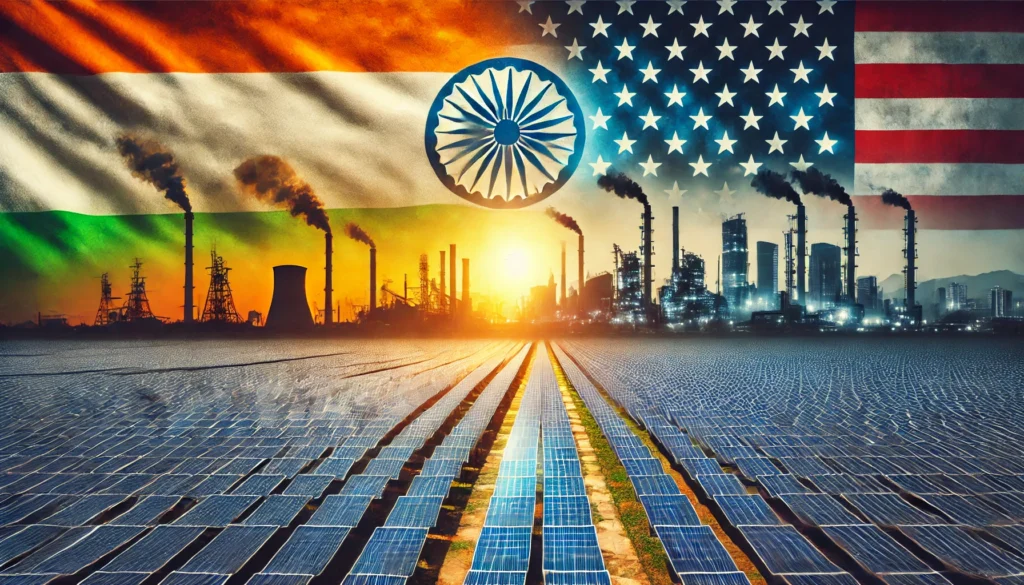The report by SBI Caps has warned that low solar panel demand—fostered by the rampant withdrawal of US green energy initiatives—would push Indian solar exporters’ margins further down. With this rollback, these manufacturers will find themselves on even shakier ground as the US is the most important space for India to export to, according to the report.
US Market Slowdown: Double Trouble for Indian Solar Companies
Perfect Markets, Fine Agents, and Fine Prices Indian solar manufacturers have traditionally exported to the US at premiums. Given the bleak outlook on solar panel demand under any rollback of future green energy incentives from the IRA, Indian solar manufacturers will increasingly be:
• squeezing the demand for solar panels, further aggravating the global oversupply situation
• losing their price premiums in the USA with the consequent squeezing of their profit margins
• Triggering write-downs of assets of Indian solar firms with manufacturing facilities abroad.
While US market contraction would hurt margins, at the same time there are possibilities for Indian suppliers to step into the demand gap if the US slows its domestic solar manufacturing, thereby increasing their market share.
European ULFP Standards: A Silver Lining?
The SBI Caps report also notes that the growing adoption of Ultra-Low Carbon Footprint (ULFP) solar technologies in Europe could be an alternative area where Indian solar exporters may see growth. The improving carbon regulation in Europe may well favour Indian exporters with cutting-edge and sustainable manufacturing practices in lessening their losses in the US market.
Nonetheless, the report reminds that solar companies focused on export remain vulnerable to risks stirred by global geopolitical unpleasantness and trade policies of designs unpredictably.
Solar Sector Growth and Challenges
Despite the uncertainties, the report is optimistic about the long-term growth of the solar component ecosystem. Its projections about the increase in solar demand in the midterm are fairly positive; however, industry sub-sectors are faced with the threat of trade-offs that may determine their competitive landscape.
Two distinctive market positions are analysed for Indian solar manufacturers in the report:
- Integrated solar players that traverse several steps in the supply chain are best positioned to take advantage of higher margins available in DCR markets.
- Pure-play module makers relying heavily on exports and utility volumes may find themselves far more vulnerable in the changing landscape.
Conclusion: Navigating the Global Solar Market
The SBI Caps report reiterates that while Indian solar manufacturers have considerable opportunities ahead, they need to navigate through the shifting global dynamics. The slowdown of US green energy initiatives poses the risk; however, market opportunities opening up in Europe, along with possible supply gaps in the US, help countervail these risks.
The dynamic coexistence of geopolitical upheaval and policy changes is setting the tone for renewable energy development; therefore, Indian solar firms need to work towards resilience in this changing global environment through innovation, sustainability, and diversification in the market strategy.

